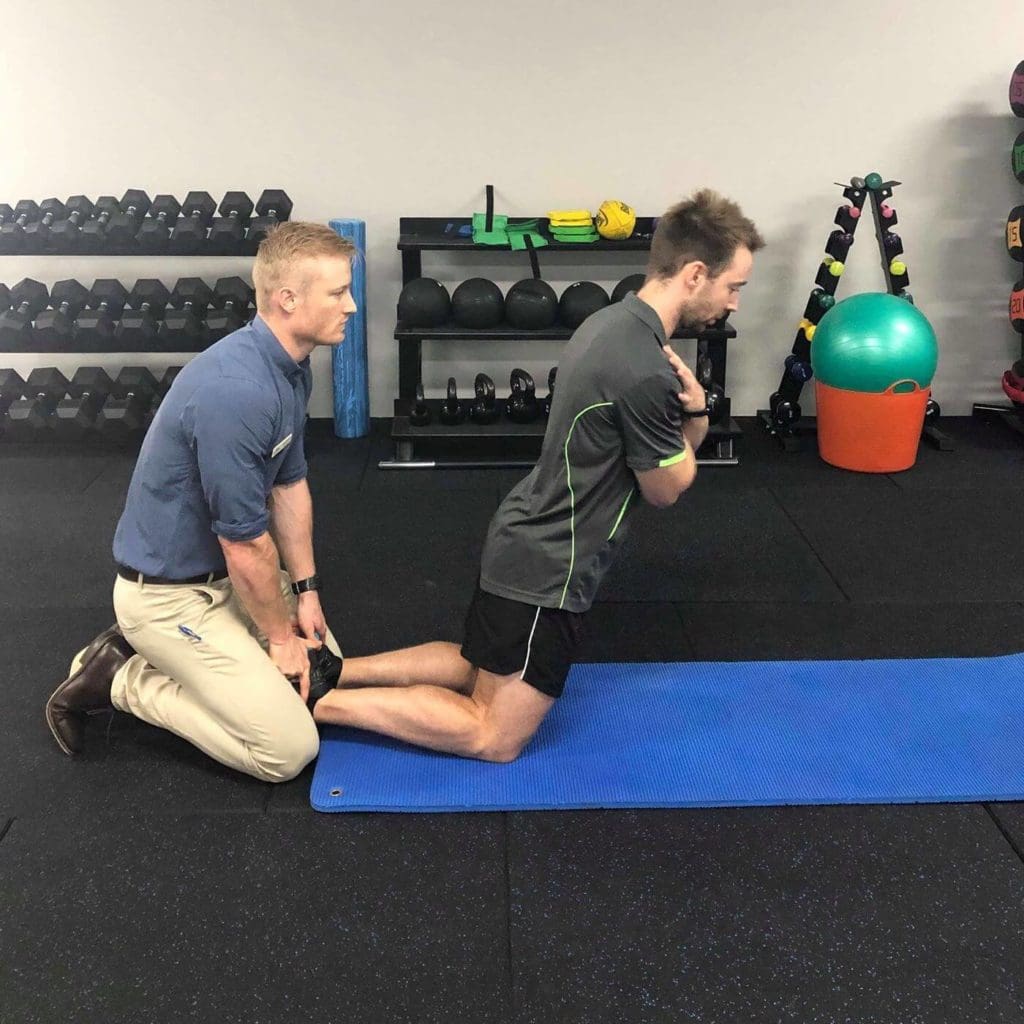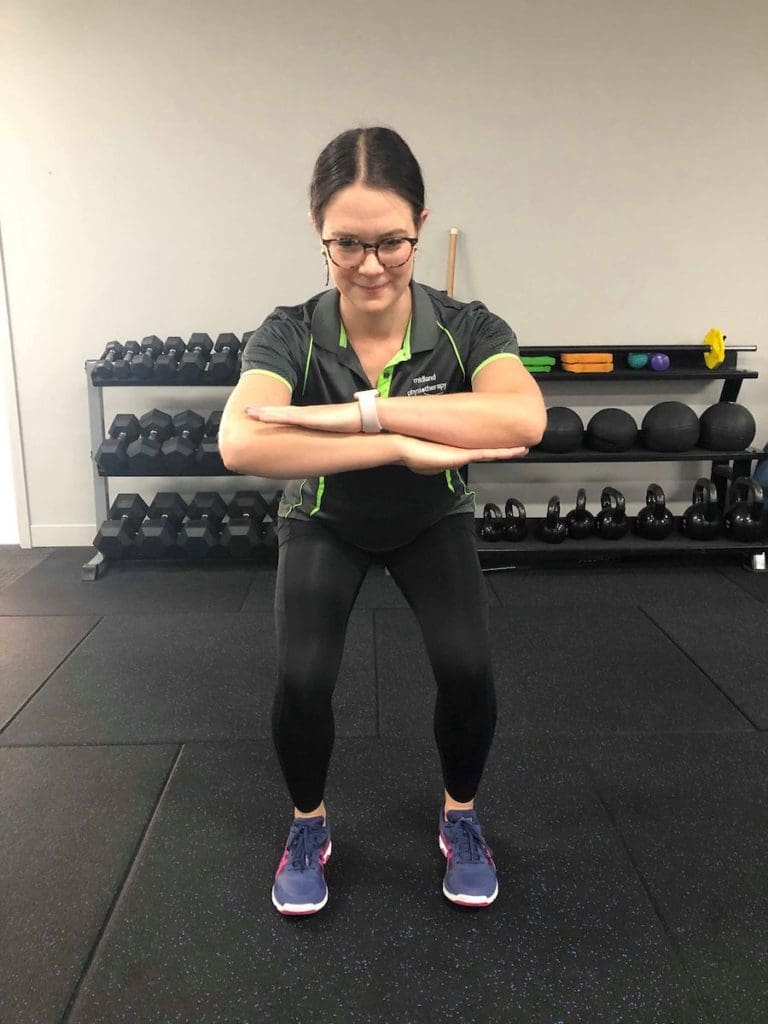
Lifting at home, work or at the gym is often associated with pain and injury. The advice has historically been to lift with a straight back and bent knees but is this advice correct and how practical is it?
Our very own Nic Saraceni recently appeared on the news sharing the results of his recent study where he looked at the lifting technique of workers with and without a history of low back pain. Interestingly he found the pain free group generally lifted with a more bent back than the group with a history of pain.
Likely the group with a history of pain have been through some form of rehab where they have been taught to lift in a specific manner or have found different postures and positions that they feel or think are more comfortable.
There are some important factors in lifting that should be considered:
- What am I lifting?
- How heavy is it?
- How am I used to lifting?
1. What am I lifting?
Unfortunately, not everything we come across is a nice shape and size so lifting is not always a simple task. A couch is very different to a box in its shape, size, and distribution of weight and where we might hold onto it.
What this means is that we must change our positioning to suit the object resulting in different positions our spine, arms and legs which naturally result in different forces through muscles, tendons, and joints.
2. How heavy is it?
We may change how we position ourselves depending on the weight of the object and what positions feel easier to lift with.
For very light objects our lifting technique probably doesn’t matter, such as a pen, but for a 30kg box we may choose a particular technique to make it easier.
3. How am I used to lifting?
If I always lift in the same way such as deadlifting in the gym then I won’t be as accustomed to lifting something like a couch. This could mean the rare time I lift in a different way I could experience some sort of pain afterwards.


The big question is how do I make myself more resilient when lifting?
Strength training is one of the best ways to minimise the chance of lifting injuries and I would recommend exposing yourself to different positions and postures.
Like any strength training you use the principle of progressive overload where you slowly increase weight over time as structures get stronger.
A couple of good exercises I like to do are:
- Jefferson curls where you use a kettlebell or barbell and move into a flexed position with straight legs
- Med ball squats to depth where your lumbar spine will move through flexion and extension as you squat.
If you have any difficulties with lifting and would like some help all of our physio’s are qualified to help you with these issues.



